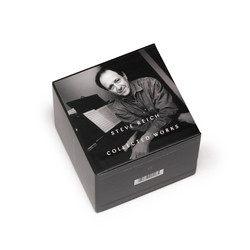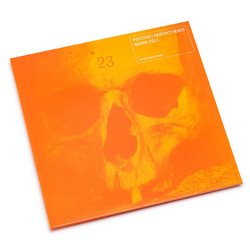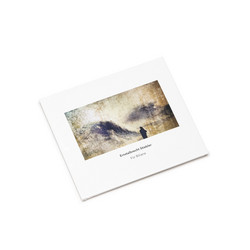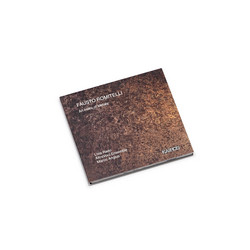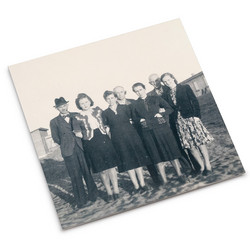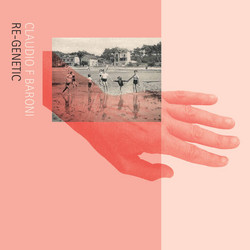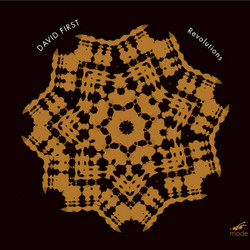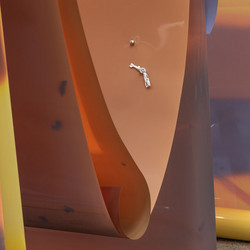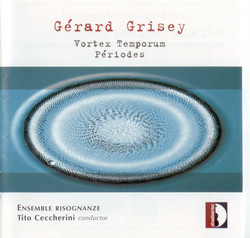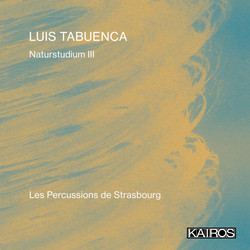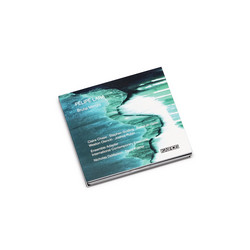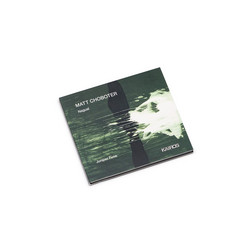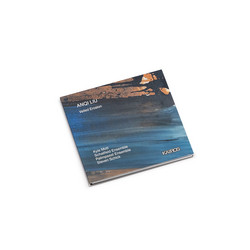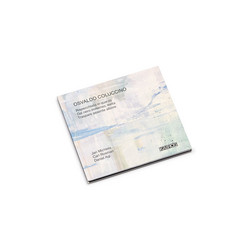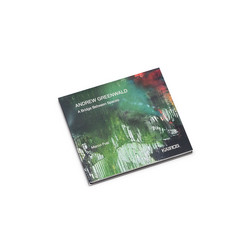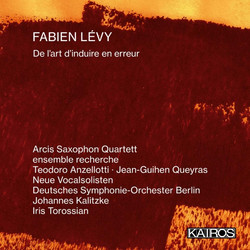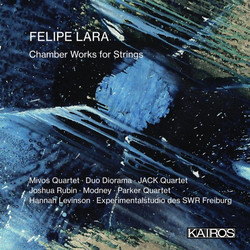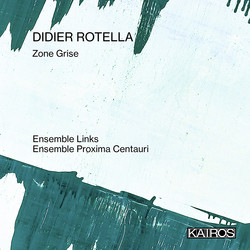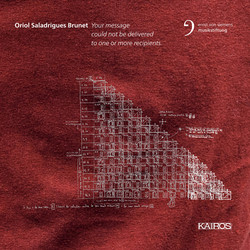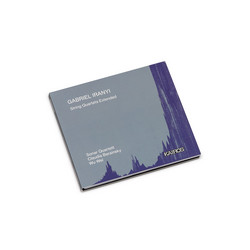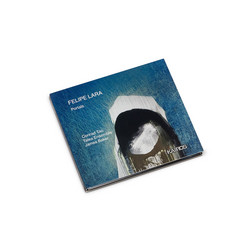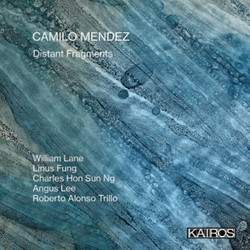Gérard Grisey’s Les espaces acoustiques is a groundbreaking work which defies assumptions about what music “ought” to be. Not for nothing did the composer describe it as “a great laboratory”, exploring the way we listen.
The “Acoustic Spaces” cycle, begun in 1974 and completed in 1985, consists of six instrumental works that may be played consecutively, since each acoustic space extends the previous one. The unity of the whole is based on the formal similarity of the pieces and on the two acoustic points of reference: the overtone spectrum and periodicity. I would like to summarize the musical language of the pieces as follows: - no more composing with notes but rather with tones; - controlling the differences, i.e. developing (or not developing) the tone and speed of its development; - taking into account the relativity of our perceptions; - applying phenomena that have long been studied in electronic studios to the area of instrumental sound. These applications may be heard in their more radical forms in Partiels and Modulations; - striving for a synthetic style in which various parameters contribute to the construction of a single sound. For example: the structure of un-tempered pitches results in the creation of new tone colours, giving rise to certain structures of duration, etc. The synthesis involves the creation of sounds (substance), on the one hand, and relationships among the tones (form).
